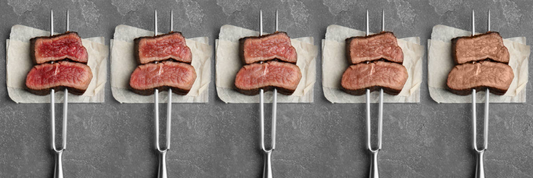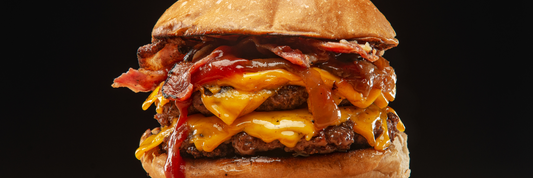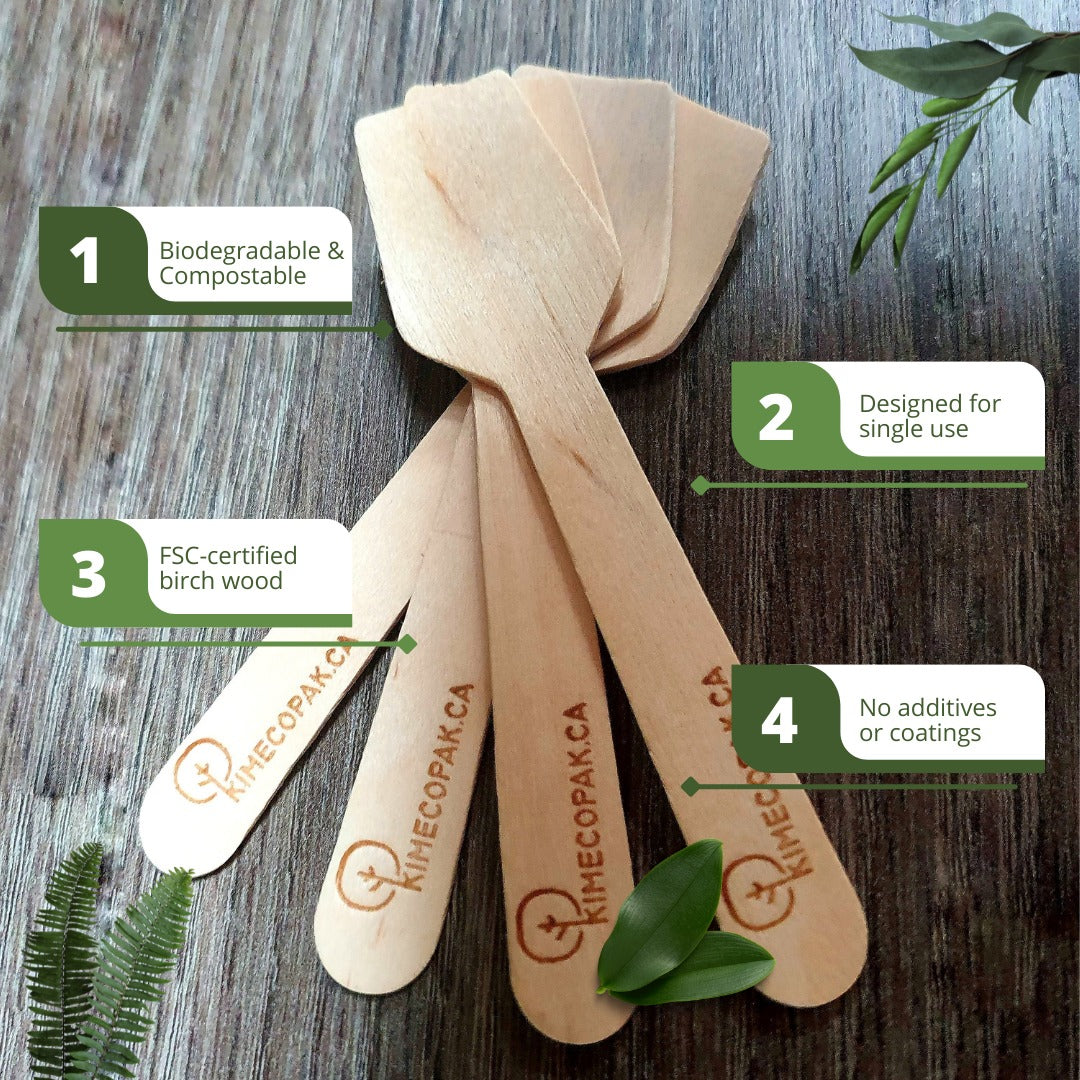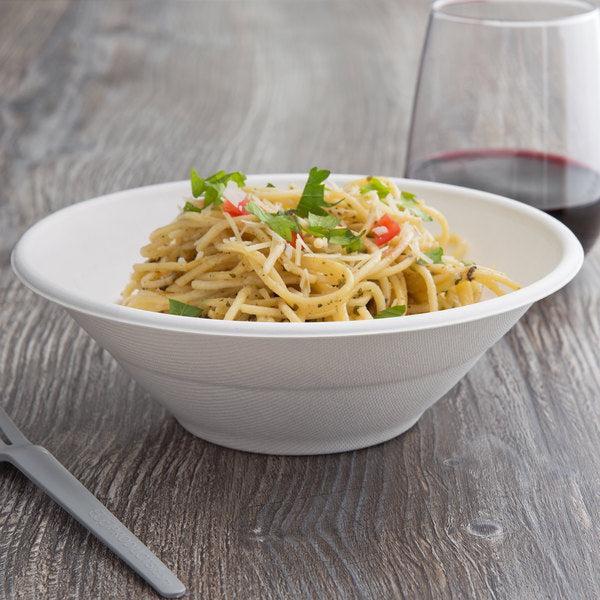When we think of Italian cuisine, pizza often comes to mind as one of the most iconic dishes. However, there’s another lesser-known gem that’s gaining global popularity: pinsa. This Roman flatbread offers a lighter, crispier, and healthier alternative to traditional pizza, appealing to food enthusiasts and professionals alike. Let’s explore what makes pinsa unique and why it’s becoming a rising star in modern gastronomy.
- From Naples to New York: 9 Common Types of Pizza
- Pasta Sauces: From Classic Italian Varieties to Regional Specialties
- Understanding 5 Mother Sauces for Chefs
What is Pinsa?
Pinsa Romana, often simply referred to as pinsa or pinza is a traditional Roman flatbread that has been gaining popularity worldwide. It is characterized by its distinctive oval shape, airy and flavorful crust, and versatility in toppings. Pinsa offers a unique culinary experience that sets it apart from other flatbreads like pizza.
Rooted in ancient Roman cuisine, pinsa holds a significant cultural value. It has been a staple food in Rome for centuries, passed down through generations. Pinsa's popularity is attributed to its delicious taste, affordability, and ability to be enjoyed by people of all ages. The tradition of gathering around a pinsa to share a meal has become an integral part of Roman culture.
Comparing Pinsa vs Pizza
While both pinsa and pizza are delicious flatbreads, they have distinct characteristics that set them apart. Here's a comparison of the two:
Dough
- Pinsa: The dough is made with a blend of flours, including 00 flour, wheat flour, and rice flour, resulting in a lighter, airier, and more digestible texture.
- Pizza: Traditional pizza dough is made with a simple combination of flour, water, yeast, and olive oil, resulting in a thicker, chewier crust.
Shape
- Pinsa: Pinsa has a distinctive oval shape, often with a slight rise in the center.
- Pizza: Pizza is typically round, although there are variations like rectangular or square.
Toppings
- Pinsa: Pinsa offers a wider range of topping options, including traditional Italian ingredients as well as more creative combinations.
- Pizza: Pizza is known for its classic toppings like tomato sauce, cheese, pepperoni, and mushrooms, but there are countless variations available.
Cooking
- Pinsa: Pinsa is often cooked in a wood-fired oven, resulting in a crispy crust and a slightly smoky flavor.
- Pizza: Pizza can be cooked in a wood-fired oven, a traditional brick oven, or a regular oven, each with its own unique characteristics.
Taste
- Pinsa: Pinsa has a lighter, more flavorful crust with a subtle sweetness.
- Pizza: Pizza typically has a thicker, chewier crust with a more pronounced flavor.
Cultural Significance
- Pinsa: Pinsa is deeply rooted in Roman cuisine and holds significant cultural value.
- Pizza: Pizza has a rich history and is enjoyed worldwide, with variations in different regions.
Overall, both pinsa and pizza offer unique and delicious culinary experiences. While they share similarities as flatbreads, their distinct characteristics make them stand out. Whether you prefer the lighter, airier texture of pinsa or the thicker, chewier crust of pizza, both options are sure to satisfy your cravings.
Types of Pinsa
While the classic pinsa is made with a simple dough and traditional toppings, there are various variations and regional interpretations. Some popular types of pinsa include:
- Pinsa Romana: The most traditional form, featuring a thin, crispy crust and a light, airy texture.
- Pinsa Croccante: A crispier version with a thicker crust and a more pronounced crunch.
- Pinsa Integrale: Made with whole wheat flour, offering a heartier and more nutritious option.
- Pinsa Bianca: A lighter version made with white flour, perfect for those who prefer a delicate taste.
- Pinsa Gourmet: Pinsa topped with high-quality ingredients and creative combinations, showcasing the versatility of this flatbread.
These are just a few examples of the diverse types of pinsa available. The creativity and innovation in the culinary world have led to the creation of countless unique and delicious pinsa variations.

How to Make Pinsa at Home
The key to the perfect pinsa lies in its carefully selected ingredients and meticulous preparation. The combination of flavors and textures creates a truly enjoyable culinary experience.
Key Ingredients Used in Pinza
- Flour: A blend of flours, typically including 00 flour, wheat flour, and rice flour, is used to create the distinctive texture and flavor of pinsa.
- Water: High-quality water is essential for achieving the ideal dough consistency.
- Yeast: Fresh yeast or active dry yeast is used as a leavening agent.
- Extra Virgin Olive Oil: Provides a rich, nutty flavor and contributes to the dough's elasticity.
- Salt: Enhances the overall taste and flavor profile of the pinsa.
- Honey: Adds a touch of sweetness and helps with the fermentation process.
Dough Preparation Process
- Prepare the Dough: Combine the flours, salt, and yeast in a mixing bowl. Gradually add water and olive oil, kneading the dough until it becomes smooth and elastic.
- Ferment the Dough: Cover the dough and let it ferment for 48 to 72 hours in a cool place. This step is crucial for achieving pinsa’s light texture and enhanced flavor.
- Shape the Dough: After fermentation, shape the dough into an oval, ensuring it is evenly stretched.
- Add Toppings: Spread tomato sauce, sprinkle mozzarella cheese, and add your favorite toppings.
- Bake: Bake the pinsa in a preheated oven at 500°F (260°C) for 10-12 minutes, or until the crust is golden and crisp.
Shaping and Cooking Techniques
- Shaping: The dough is stretched and shaped into the traditional oval shape of pinsa. It can be made thicker or thinner depending on the desired texture.
- Toppings: Various toppings, such as tomato sauce, cheese, vegetables, and meats, can be added to the shaped pinsa.
- Cooking: The pinsa is typically cooked in a preheated oven at a high temperature until the crust is golden brown and the toppings are melted and bubbly.
The combination of these ingredients and techniques results in a pinsa that is light, airy, and full of flavor. The versatility of pinsa allows for endless possibilities in terms of toppings and combinations, making it a favorite among food enthusiasts.

Pinza Recipes
Crafting the perfect pinsa at home is a rewarding experience. Let's explore the basic dough recipe, popular topping combinations, and essential tips for achieving culinary excellence.
Basic Pinza Dough Recipe
Ingredients:
- 3 cups all-purpose flour
- 1 cup 00 flour
- 1 cup rice flour
- 1 teaspoon active dry yeast
- 1 teaspoon sugar
- 1 teaspoon salt
- 1 cup warm water
- 1/4 cup extra virgin olive oil
- 1 tablespoon honey
Instructions:
- Combine dry ingredients: In a large bowl, whisk together the all-purpose flour, 00 flour, rice flour, yeast, sugar, and salt.
- Add wet ingredients: Pour the warm water, olive oil, and honey into the dry ingredients. Stir until a shaggy dough forms.
- Knead: Transfer the dough to a lightly floured surface and knead for 10-15 minutes, or until smooth and elastic.
- Rise: Place the dough in a greased bowl, cover with a damp cloth, and let rise in a warm place for 1-2 hours, or until doubled in size.
- Punch down: Gently punch down the risen dough to deflate it.
Popular Toppings for Pinsa
- Classic Margherita: Tomato sauce, mozzarella cheese, and fresh basil.
- Pepperoni: Tomato sauce, mozzarella cheese, and pepperoni slices.
- Prosciutto and Arugula: Tomato sauce, mozzarella cheese, prosciutto, and arugula.
- Vegetarian: Tomato sauce, mozzarella cheese, roasted vegetables (zucchini, bell peppers, onions), and goat cheese.
- Seafood: Tomato sauce, mozzarella cheese, shrimp, and calamari.
- Sweet and Savory: Tomato sauce, mozzarella cheese, caramelized onions, and goat cheese.
Tips for Making the Perfect Pinza at Home
- Use the right flours: The combination of all-purpose, 00, and rice flours is essential for the unique texture of pinsa.
- Control the temperature: Ensure the water is warm but not hot to activate the yeast properly.
- Knead thoroughly: Kneading helps develop the gluten and creates a strong, elastic dough.
- Let the dough rise: Allow the dough to rise in a warm, draft-free place for optimal results.
- Preheat the oven: A hot oven is crucial for achieving a crispy crust.
- Experiment with toppings: Don't be afraid to try new and creative combinations.
Why Add Pinsa to Your Restaurant Menu?
For restaurant owners and chefs, introducing pinsa to your menu can bring numerous benefits:
- Menu Diversification: Pinsa offers a unique and exciting option that stands out from traditional pizzas.
- Health-Conscious Appeal: With its lighter crust and lower gluten content, pinsa is an excellent choice for health-conscious diners.
- Trendy and Unique: As a lesser-known dish, pinsa adds a distinctive flair to your offerings, attracting foodies and culinary enthusiasts eager to try something new.
Conclusion
Pinsa, the Roman culinary gem, offers a unique experience. Its airy texture, versatility, and delicious flavors make it a standout. Whether you're a seasoned cook or a culinary novice, enjoy crafting the perfect pinsa at home.







